Home>Gardening & Outdoor>Pool & Spa Care>How To Dispose Of An Old Hot Tub
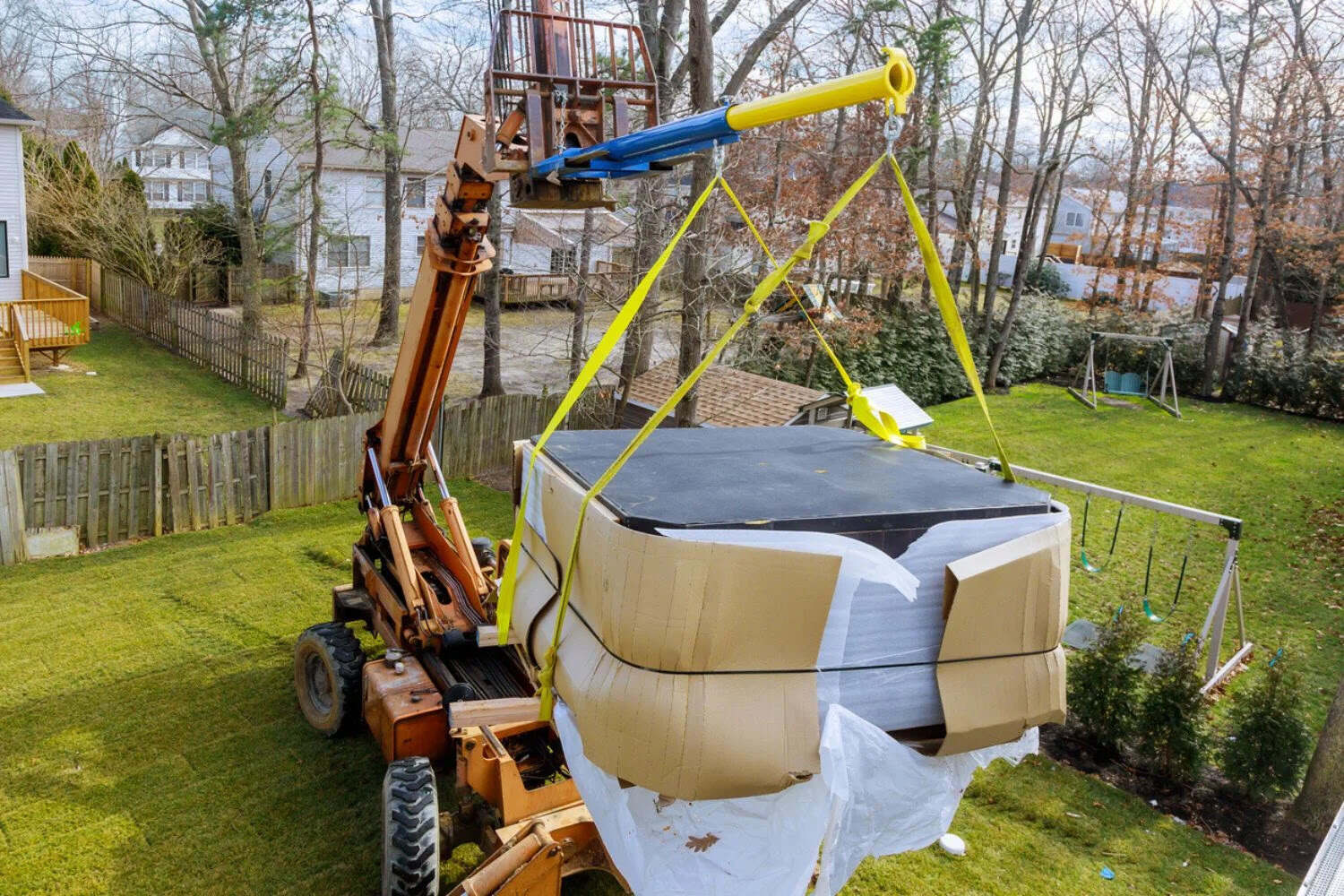

Pool & Spa Care
How To Dispose Of An Old Hot Tub
Modified: February 26, 2024
Learn how to properly dispose of an old hot tub with our expert tips for pool and spa care. Safely and responsibly get rid of your old hot tub today!
(Many of the links in this article redirect to a specific reviewed product. Your purchase of these products through affiliate links helps to generate commission for Storables.com, at no extra cost. Learn more)
Introduction
So, you've had years of relaxation and enjoyment from your hot tub, but now it's time to bid it farewell. Whether it's due to wear and tear, an upgrade, or a change in lifestyle, disposing of an old hot tub is a task that requires careful consideration and planning.
In this comprehensive guide, we'll walk you through the step-by-step process of responsibly and safely disposing of your old hot tub. From draining the water to dismantling the components and transporting it to the disposal site, we've got you covered. By following these steps, you'll not only clear up space in your backyard, but you'll also ensure that the disposal is carried out in an environmentally friendly manner.
So, roll up your sleeves, gather your tools, and let's embark on this journey to bid adieu to your old hot tub.
Key Takeaways:
- Safely dispose of your old hot tub by draining, disconnecting electrical components, dismantling, and transporting responsibly. Protect the environment and reclaim backyard space with these steps.
- Consider repurposing wood, recycling metal and plastic, and handling electronic waste and hazardous materials properly when disposing of your old hot tub. Embrace sustainable practices for a cleaner environment.
Read more: How Do I Dispose Of A Hot Tub
Step 1: Drain the Hot Tub
The first step in disposing of your old hot tub is to drain it completely. Start by turning off the power to the hot tub to prevent any accidents during the draining process. Next, locate the drain valve, which is usually situated at the bottom of the hot tub. Connect a garden hose to the drain valve and direct the other end of the hose to a suitable drainage area, ensuring that the water will not cause any flooding or damage to the surroundings.
Once the hose is in place, open the drain valve and allow the water to flow out. Depending on the size of your hot tub, this process may take several hours to complete. While the hot tub is draining, take the opportunity to clean the interior surfaces, removing any debris or residue that may have accumulated over time.
After the hot tub is completely drained, disconnect the hose and ensure that any remaining water is removed from the tub. It is essential to dispose of the drained water responsibly, as hot tub water may contain chemicals and contaminants that could harm the environment. Consider contacting your local sanitation department to inquire about proper disposal methods for the water.
By thoroughly draining the hot tub and taking the necessary precautions to dispose of the water safely, you are setting the stage for the next steps in the disposal process. With the hot tub empty and clean, you can now move on to the next phase of disconnecting and removing the electrical components.
Step 2: Disconnect and Remove the Electrical Components
Before dismantling the hot tub, it is crucial to disconnect and remove all electrical components to ensure safety and compliance with disposal regulations. Start by switching off the power at the main circuit breaker dedicated to the hot tub. This step is essential to prevent the risk of electric shock during the removal process.
Next, carefully remove the access panel to gain access to the internal electrical components. Depending on the specific setup of your hot tub, you may need to disconnect the wiring from the control panel, pumps, heater, and any other electrical devices. It’s important to label each wire or cable as you disconnect them to facilitate reinstallation if the components are being reused or repurposed.
As you remove the electrical components, take note of any damaged or worn-out parts that may need proper disposal. It’s crucial to handle these components with care, as they may contain hazardous materials such as capacitors or wiring insulation. Consider contacting a certified electronic waste disposal facility to ensure that these components are handled and recycled in an environmentally responsible manner.
Once all the electrical components have been safely disconnected and removed from the hot tub, take the time to inspect the wiring and conduit for any signs of wear or damage. This inspection will help identify any potential safety hazards and ensure that the electrical infrastructure is in good condition for future use or resale.
By meticulously disconnecting and removing the electrical components, you are not only preparing the hot tub for safe dismantling but also taking proactive steps to minimize environmental impact through responsible disposal of electronic waste.
Step 3: Dismantle the Hot Tub
With the hot tub drained and the electrical components safely removed, it’s time to dismantle the structure. Dismantling a hot tub can be a labor-intensive process, so it’s essential to approach it methodically and with the right tools. Begin by removing any remaining accessories, such as steps, handrails, or cover lifters, that are attached to the hot tub.
Next, carefully examine the hot tub’s construction to determine the best approach for dismantling. In most cases, hot tubs are constructed with a combination of wood, metal, and plastic components. Use a cordless drill or screwdriver to remove any fasteners, such as screws or bolts, that hold the hot tub’s panels, cabinets, or trim in place.
As you disassemble the hot tub, it’s important to segregate the various materials for proper disposal or recycling. Wood panels and framing can often be repurposed or recycled, while metal components, such as brackets or supports, can be collected for scrap metal recycling. Plastic parts, including PVC piping and acrylic shell panels, should be sorted for appropriate recycling or disposal based on local regulations.
During the dismantling process, it’s crucial to prioritize safety by wearing appropriate personal protective equipment, such as gloves and safety goggles, especially when handling sharp or heavy materials. If you encounter any challenges or uncertainties during the dismantling process, consider seeking assistance from professionals or a waste management company experienced in handling large item disposal.
By carefully dismantling the hot tub and organizing the materials for disposal or recycling, you are not only simplifying the removal process but also contributing to sustainable waste management practices. With the hot tub disassembled, you can now focus on disposing of the individual components responsibly.
You can dispose of an old hot tub by first draining all the water and disconnecting any electrical components. Then, you can either hire a professional junk removal service to haul it away or disassemble it and take it to a local landfill that accepts large items.
Step 4: Dispose of the Hot Tub Components
Once the hot tub is dismantled, you’ll be left with a variety of components and materials that require proper disposal or recycling. To ensure that each component is handled in an environmentally responsible manner, it’s important to consider the following disposal options:
- Wood Components: If your hot tub had wooden enclosures or structural elements, consider repurposing the wood for other projects, such as outdoor furniture or landscaping features. Alternatively, contact local recycling facilities or waste management companies that accept wood for recycling or proper disposal.
- Metal Components: Any metal parts, such as brackets, supports, or fasteners, can be collected and taken to a scrap metal recycling facility. Recycling metal not only reduces environmental impact but also contributes to the conservation of natural resources.
- Plastic and Acrylic Materials: The plastic components of the hot tub, including PVC piping and acrylic shell panels, should be sorted for recycling based on local regulations. Contact recycling centers or municipal waste management facilities to inquire about the proper disposal of plastic materials.
- Electronic Waste: Any electrical components, such as control panels, pumps, or wiring, should be handled as electronic waste (e-waste). It’s essential to engage certified e-waste recycling facilities or electronic waste disposal services to ensure that these components are recycled or disposed of in compliance with environmental regulations.
- Hazardous Materials: Some hot tub components, such as insulation materials or certain adhesives, may contain hazardous substances. It’s crucial to identify and handle these materials according to local hazardous waste disposal guidelines. Contact your local environmental agency or waste management authorities for guidance on the proper disposal of hazardous materials.
By carefully segregating and disposing of the hot tub components according to their material composition and potential environmental impact, you are contributing to sustainable waste management practices and minimizing the burden on landfills. Additionally, exploring opportunities for recycling and repurposing materials aligns with the principles of environmental stewardship and resource conservation.
Read more: How To Dispose Of An Old Bathtub
Step 5: Transport the Hot Tub to the Disposal Site
Once the hot tub components are sorted and prepared for disposal, the next crucial step is to transport them to the designated disposal site. Depending on the local regulations and available facilities, there are several options for transporting the dismantled hot tub for proper disposal or recycling:
- Self-Transportation: If you have access to a suitable vehicle, such as a truck or trailer, you may choose to transport the hot tub components to the disposal site yourself. Ensure that the materials are securely loaded and properly covered during transit to prevent any debris from becoming a hazard on the road.
- Professional Hauling Services: Consider engaging the services of professional waste management or hauling companies that specialize in large item disposal. These professionals have the expertise and equipment to safely transport bulky materials, including hot tub components, to the appropriate disposal or recycling facilities.
- Local Disposal or Recycling Centers: Many municipalities provide dedicated disposal or recycling centers where residents can drop off large items, construction materials, and other waste for proper handling. Contact your local waste management authority to inquire about the nearest disposal centers and their acceptance criteria for hot tub components.
- Special Collection Services: Some areas offer special collection services for bulky items or electronic waste. Check with your local government or waste management providers to see if there are scheduled collection events or curbside pickup options for large items like hot tub components.
Regardless of the transportation method chosen, it’s essential to adhere to safety guidelines and local transportation regulations when moving the hot tub components. Secure the materials properly to prevent shifting or dislodging during transit, and be mindful of any weight or size restrictions that may apply to disposal vehicles or facilities.
By transporting the hot tub components to the disposal site in a responsible and compliant manner, you are ensuring that the materials are managed in accordance with environmental regulations and waste management best practices. This final step in the disposal process marks the completion of your efforts to responsibly bid farewell to your old hot tub, making room for new possibilities and sustainable practices in your outdoor space.
Conclusion
Congratulations on successfully navigating the process of disposing of your old hot tub in a responsible and environmentally conscious manner. By following the step-by-step guide outlined in this comprehensive resource, you have not only reclaimed valuable space in your backyard but also contributed to sustainable waste management practices and resource conservation.
From draining the hot tub and disconnecting electrical components to dismantling the structure and transporting the components to the disposal site, every stage of the disposal process required careful consideration and attention to detail. By approaching the task with diligence and a commitment to environmental stewardship, you have set a commendable example of responsible waste management.
As you reflect on the journey of bidding farewell to your old hot tub, consider the valuable lessons learned about the importance of proper disposal, recycling, and the impact of individual actions on the environment. The efforts invested in dismantling and disposing of the hot tub components have not only minimized the burden on landfills but also promoted the circular economy by facilitating the recycling and repurposing of materials.
Looking ahead, the space once occupied by the old hot tub now holds the potential for new outdoor experiences, whether it’s creating a garden oasis, installing a sustainable landscape feature, or simply embracing the open space for relaxation and enjoyment. The completion of this disposal process marks a new chapter in your outdoor living environment, characterized by sustainability and mindful consumption.
By responsibly disposing of your old hot tub, you have exemplified the principles of environmental responsibility and demonstrated the positive impact of conscious waste management practices. As you embark on future endeavors and projects, may the lessons learned from this experience continue to inspire sustainable choices and a commitment to preserving the beauty of our natural surroundings.
Frequently Asked Questions about How To Dispose Of An Old Hot Tub
Was this page helpful?
At Storables.com, we guarantee accurate and reliable information. Our content, validated by Expert Board Contributors, is crafted following stringent Editorial Policies. We're committed to providing you with well-researched, expert-backed insights for all your informational needs.
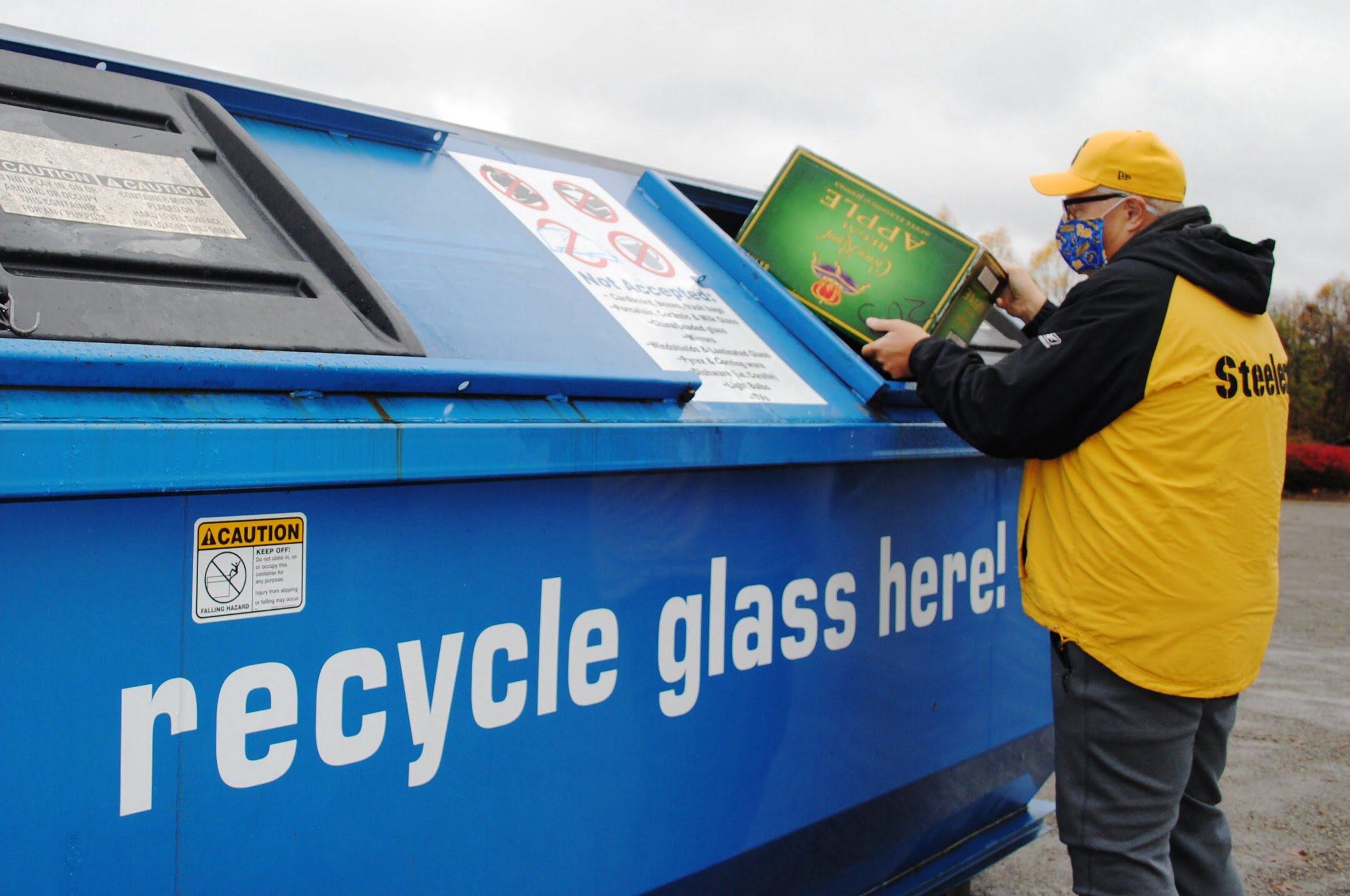
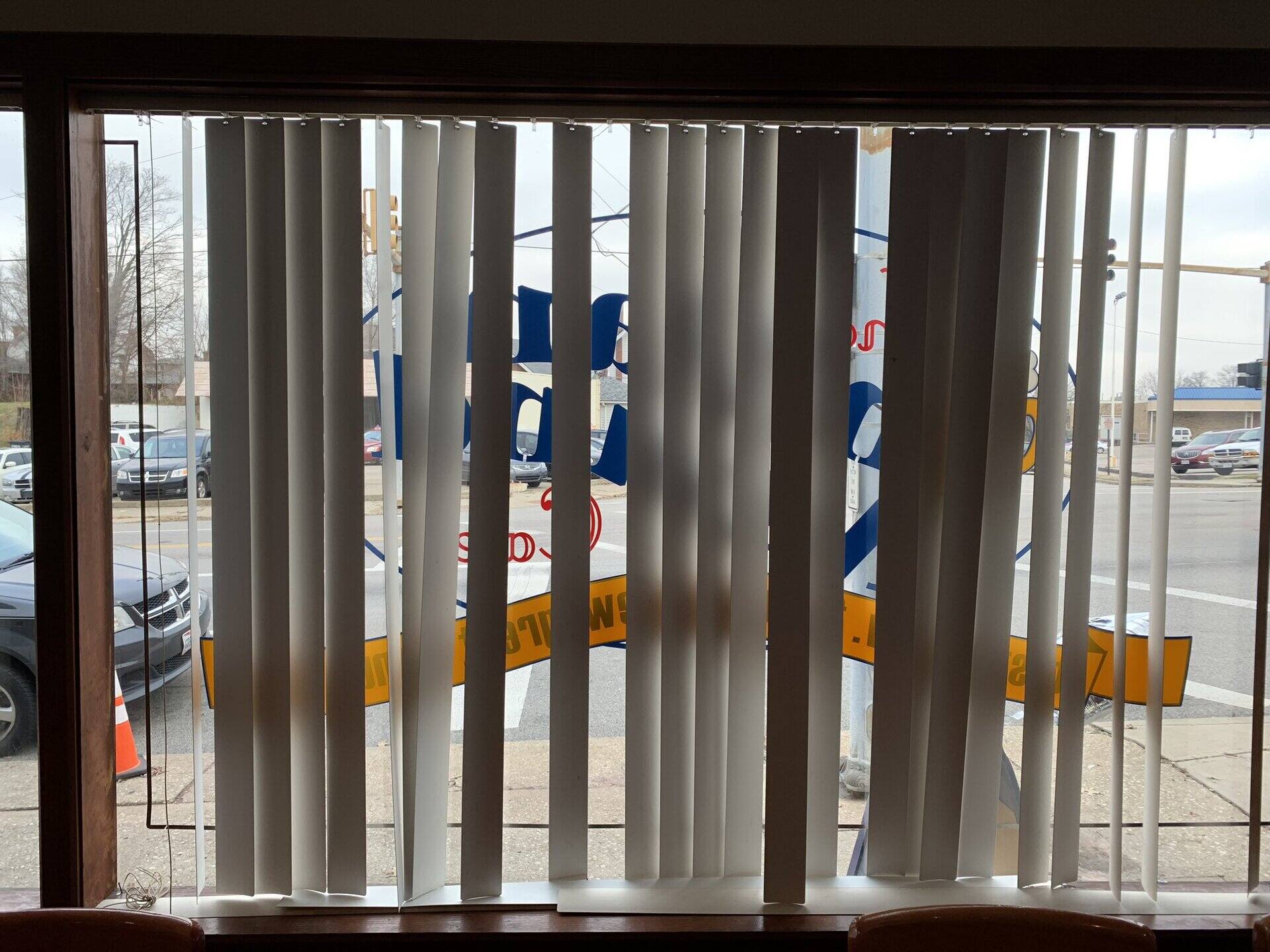
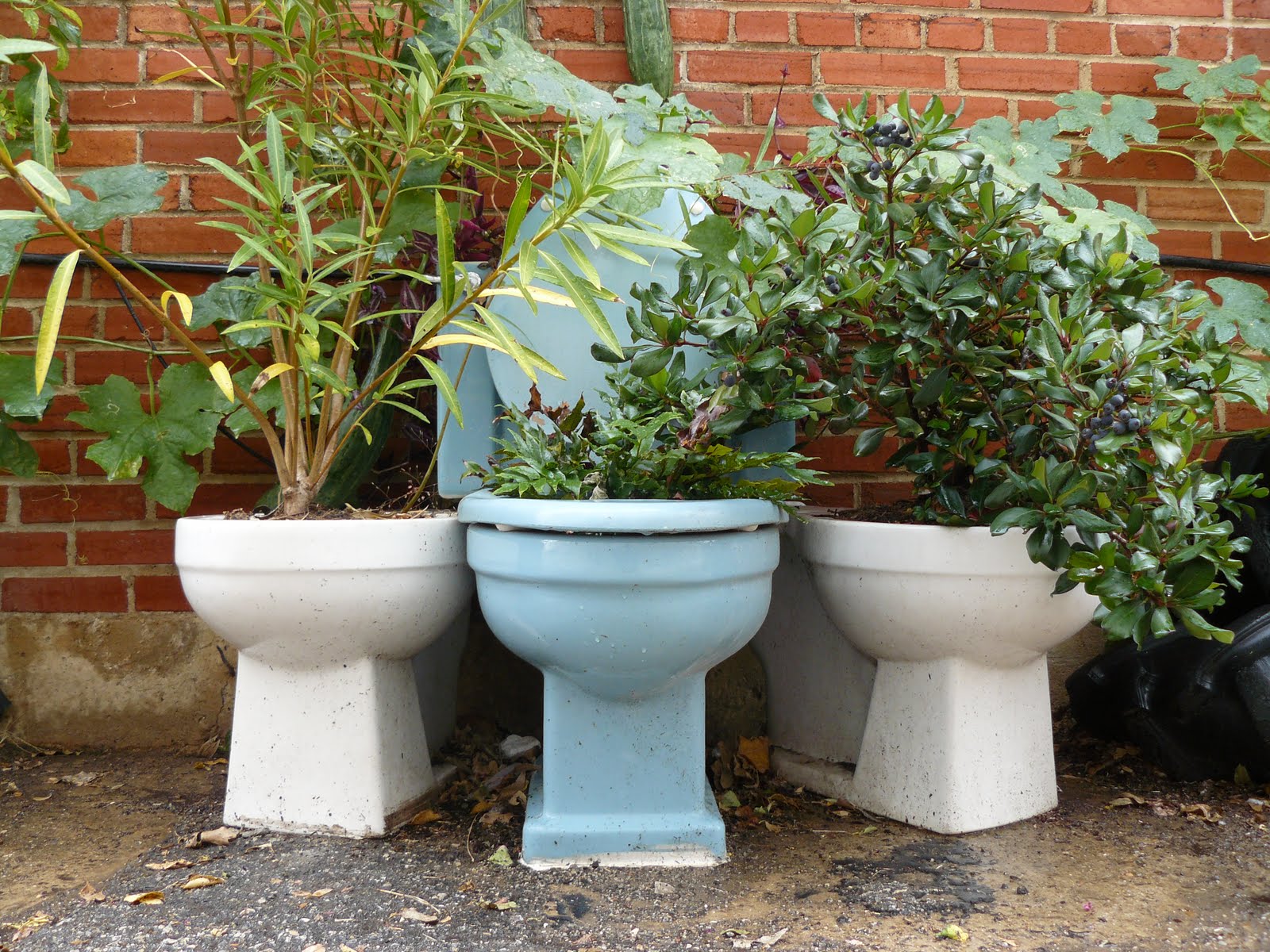

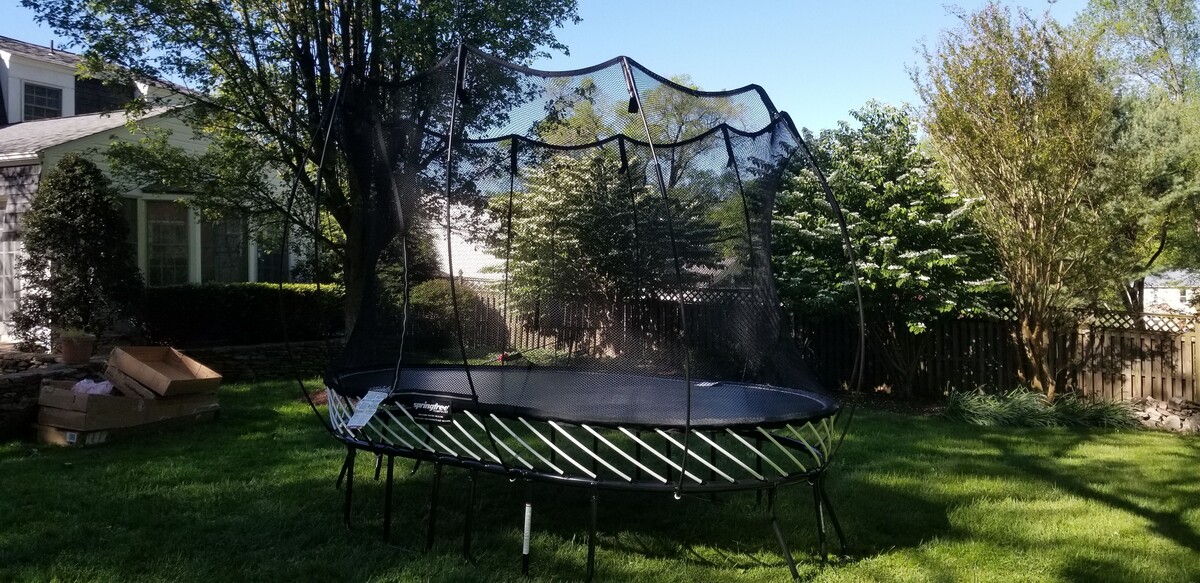
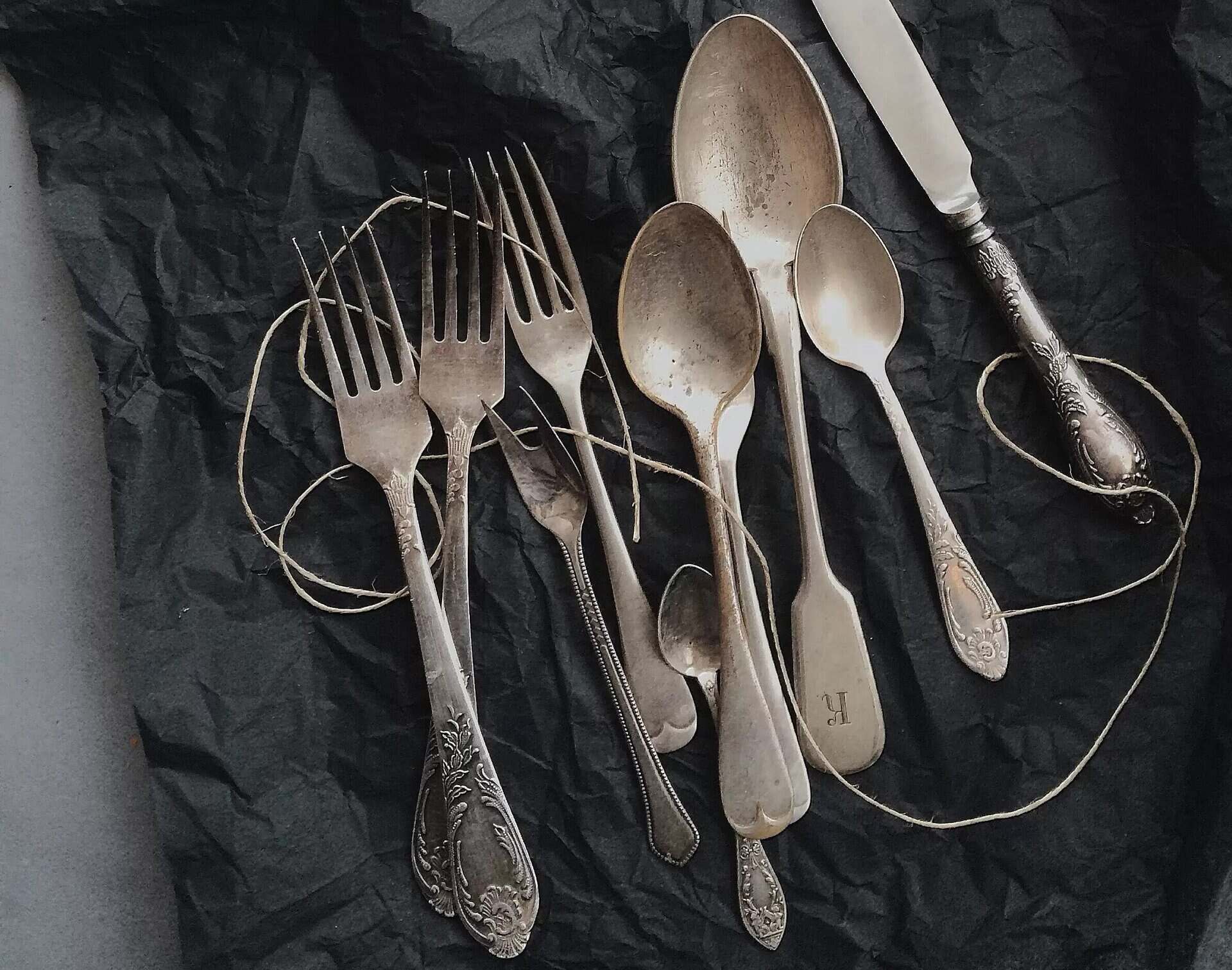
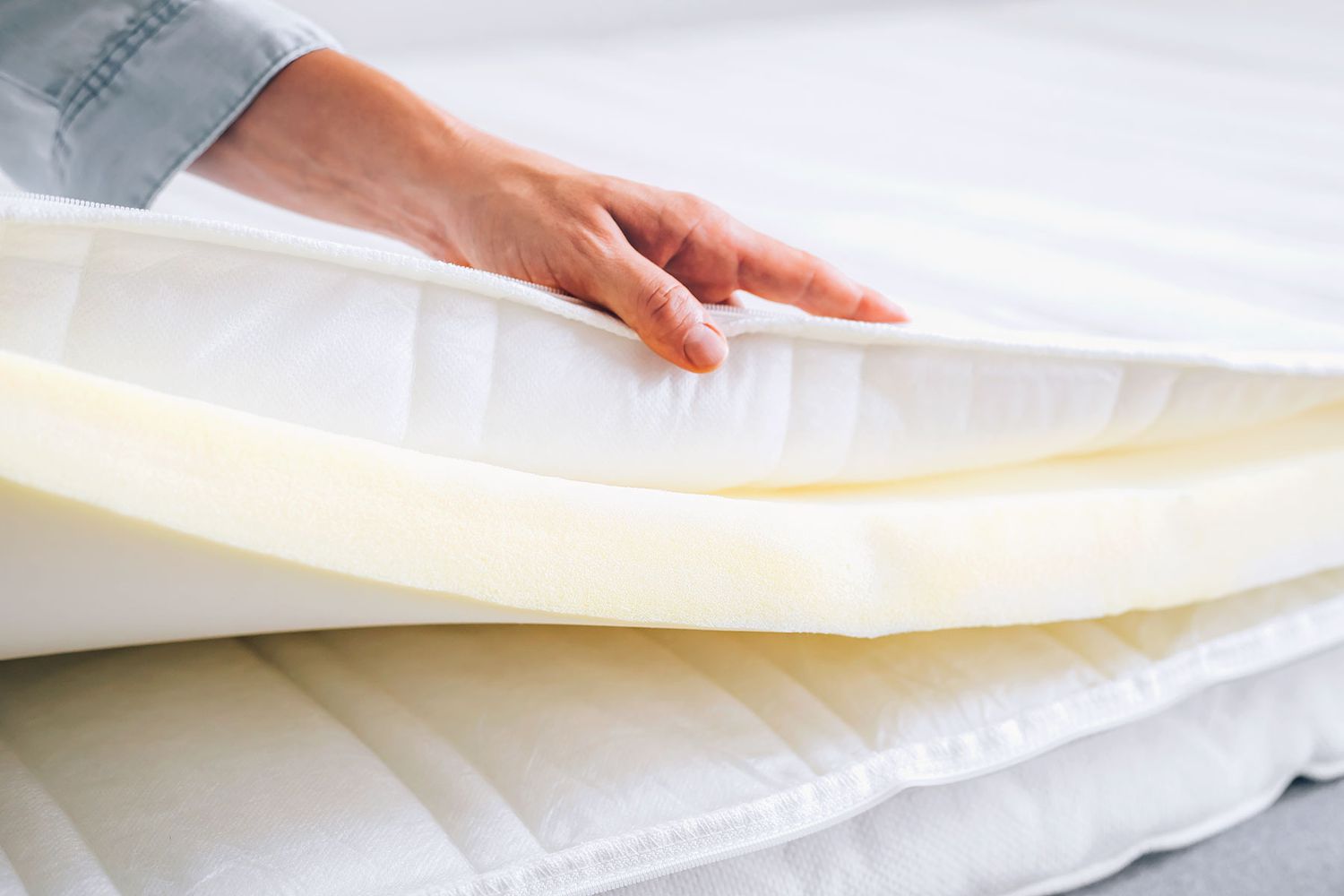
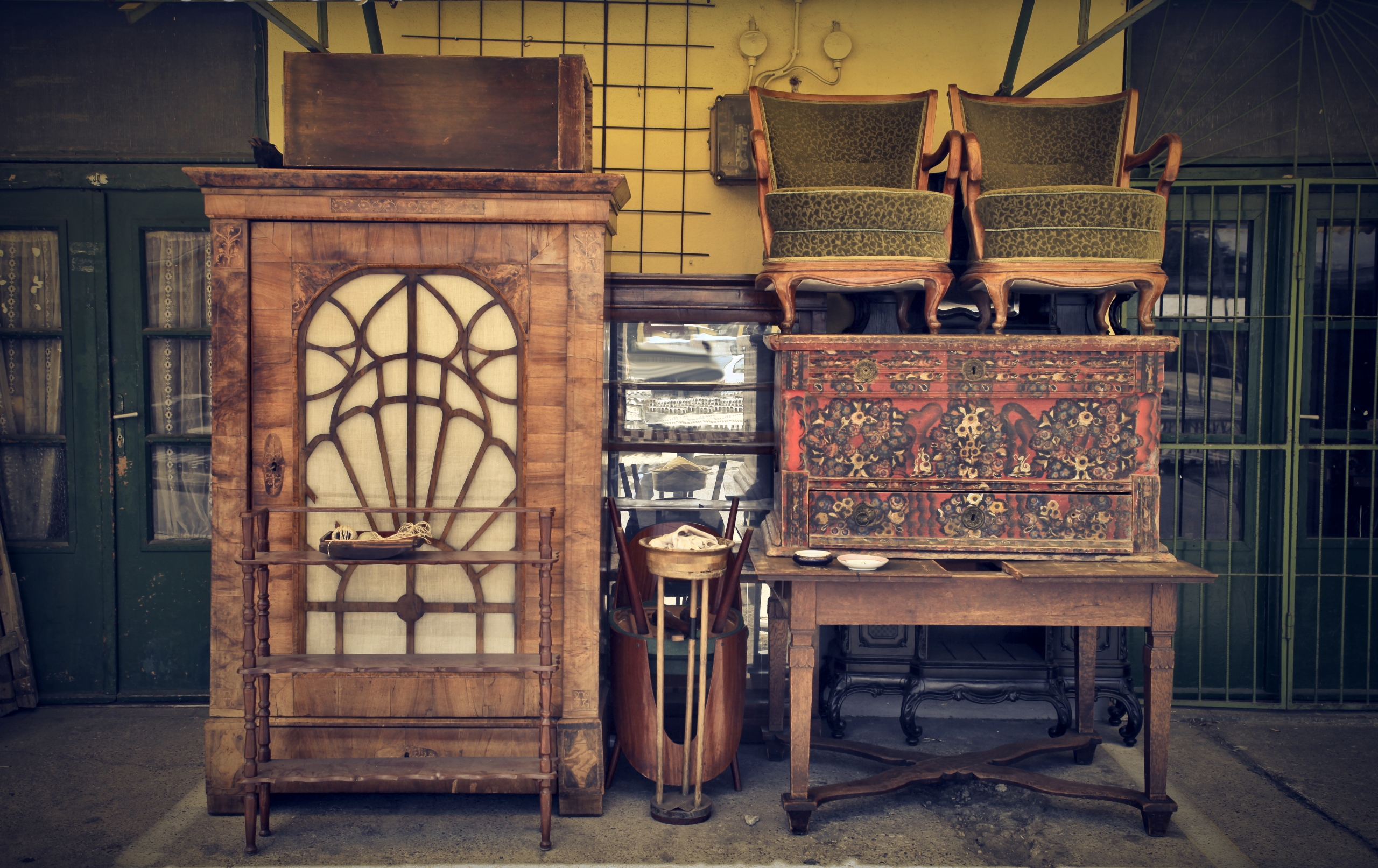
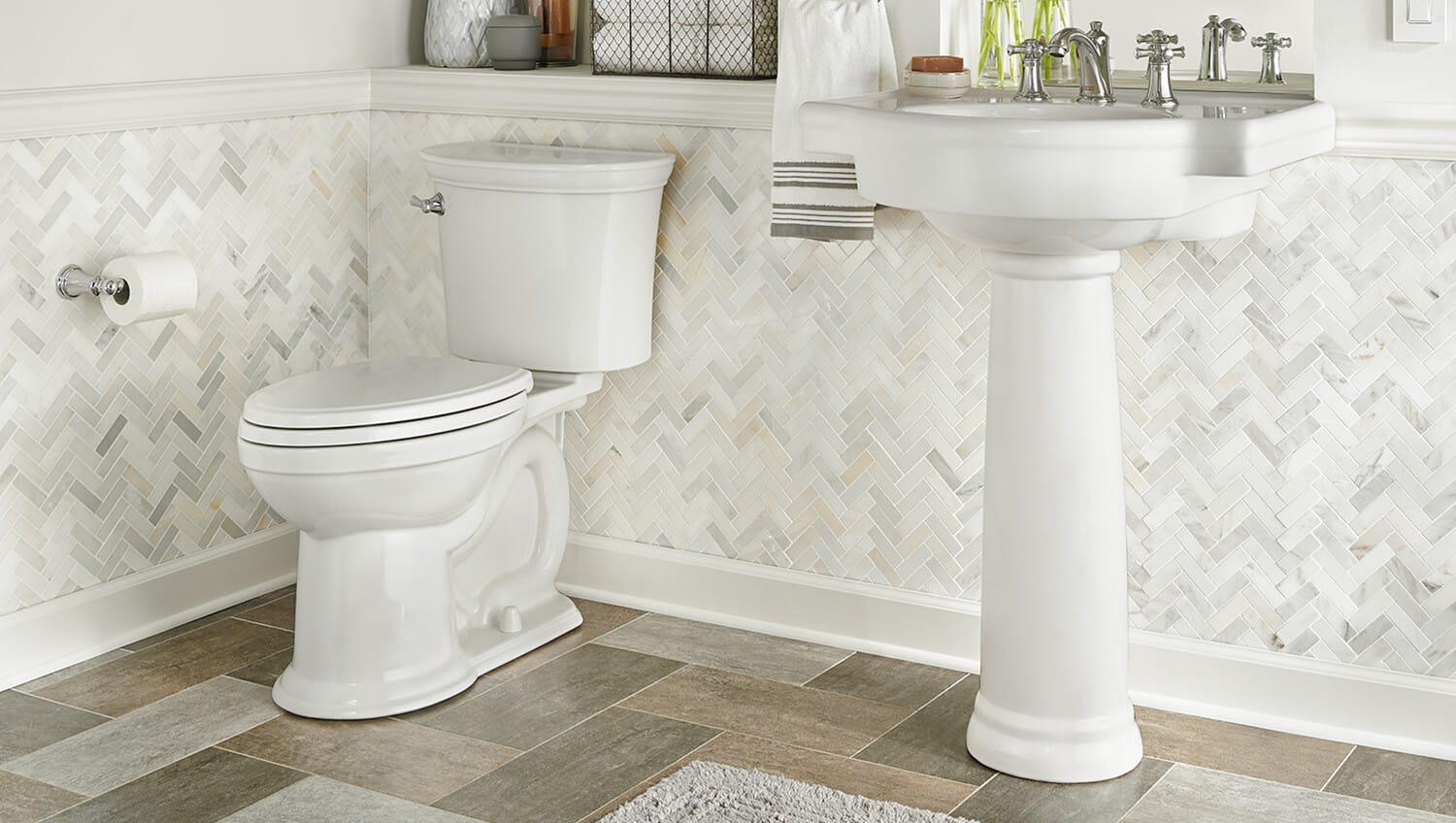
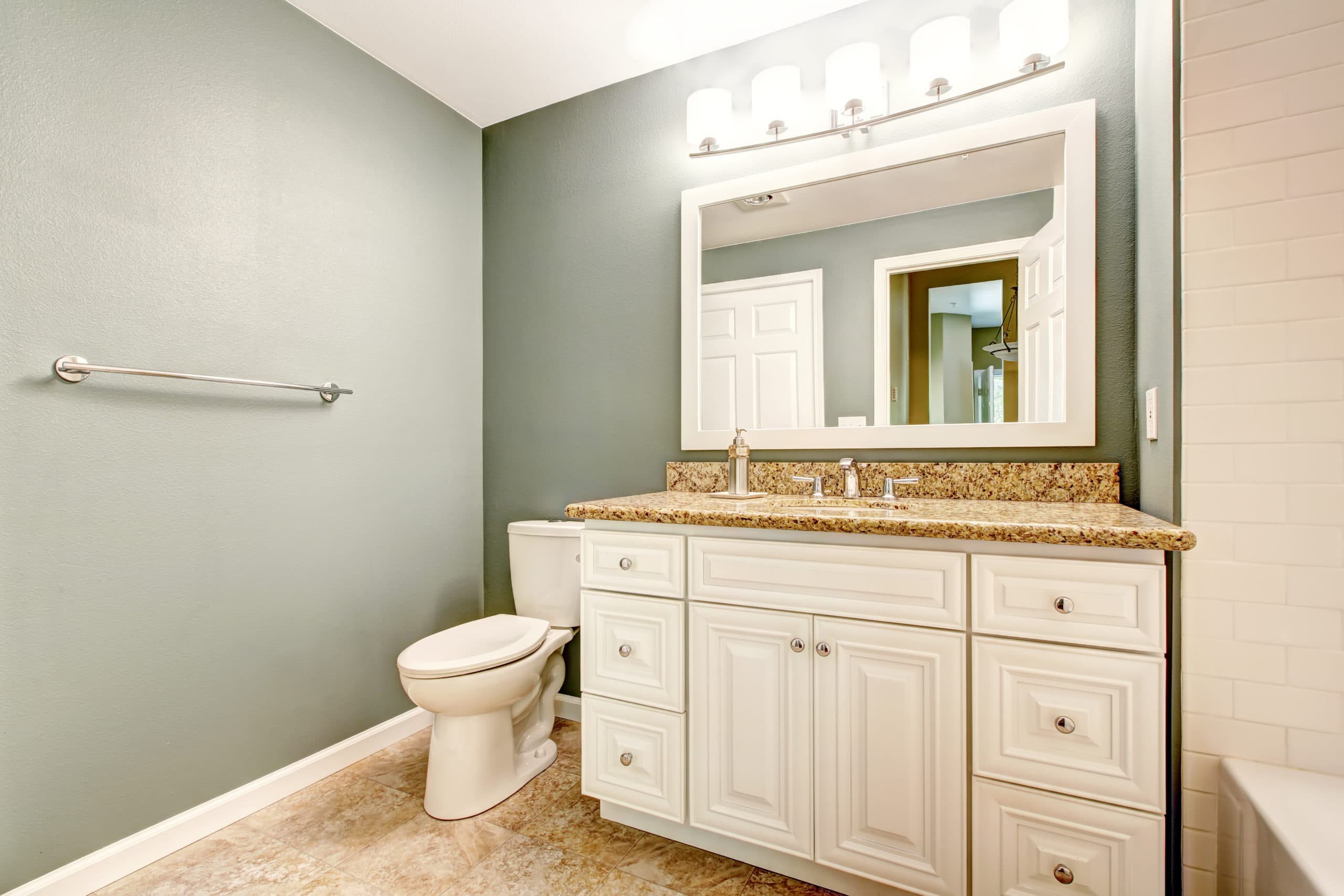
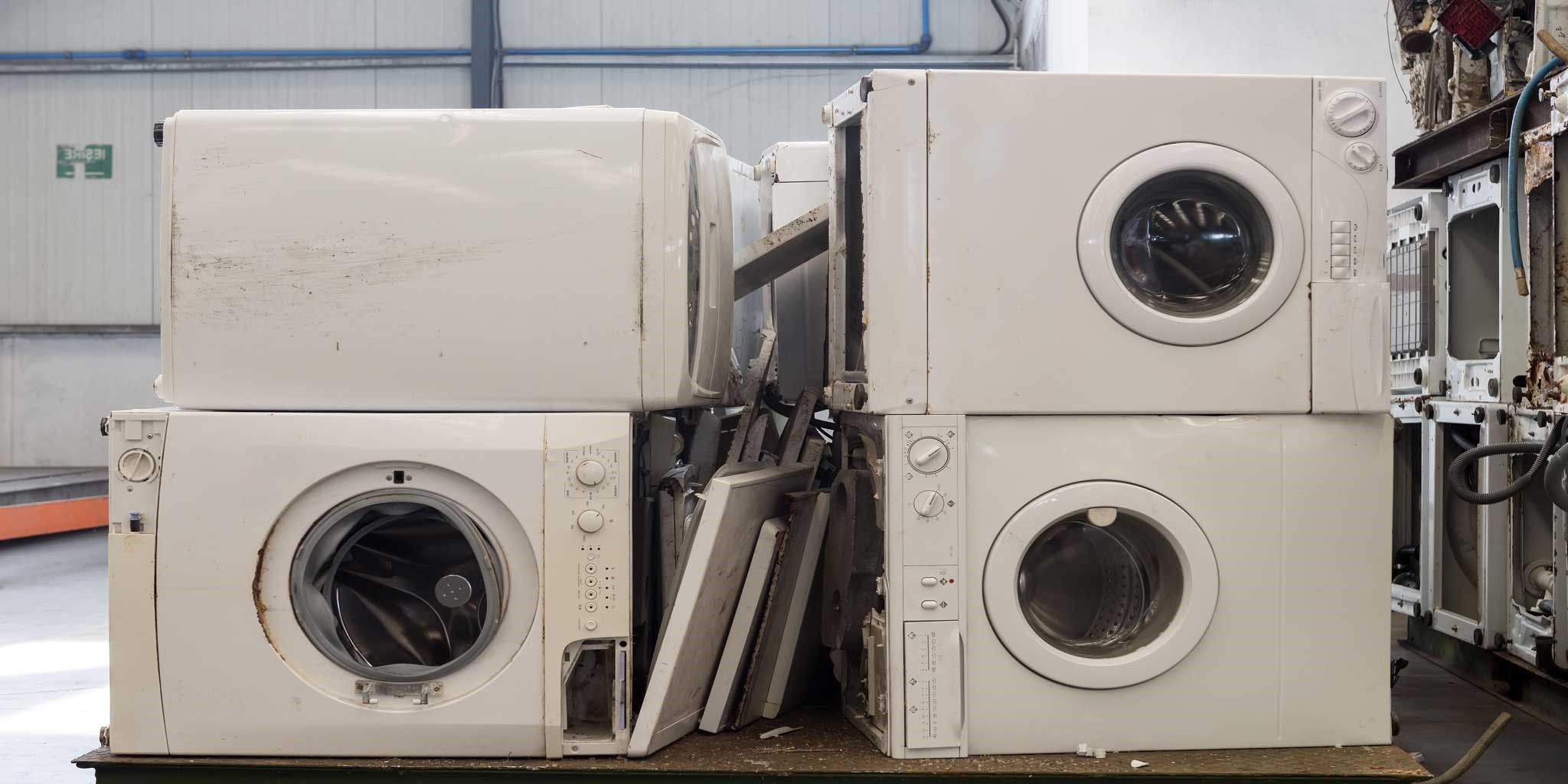
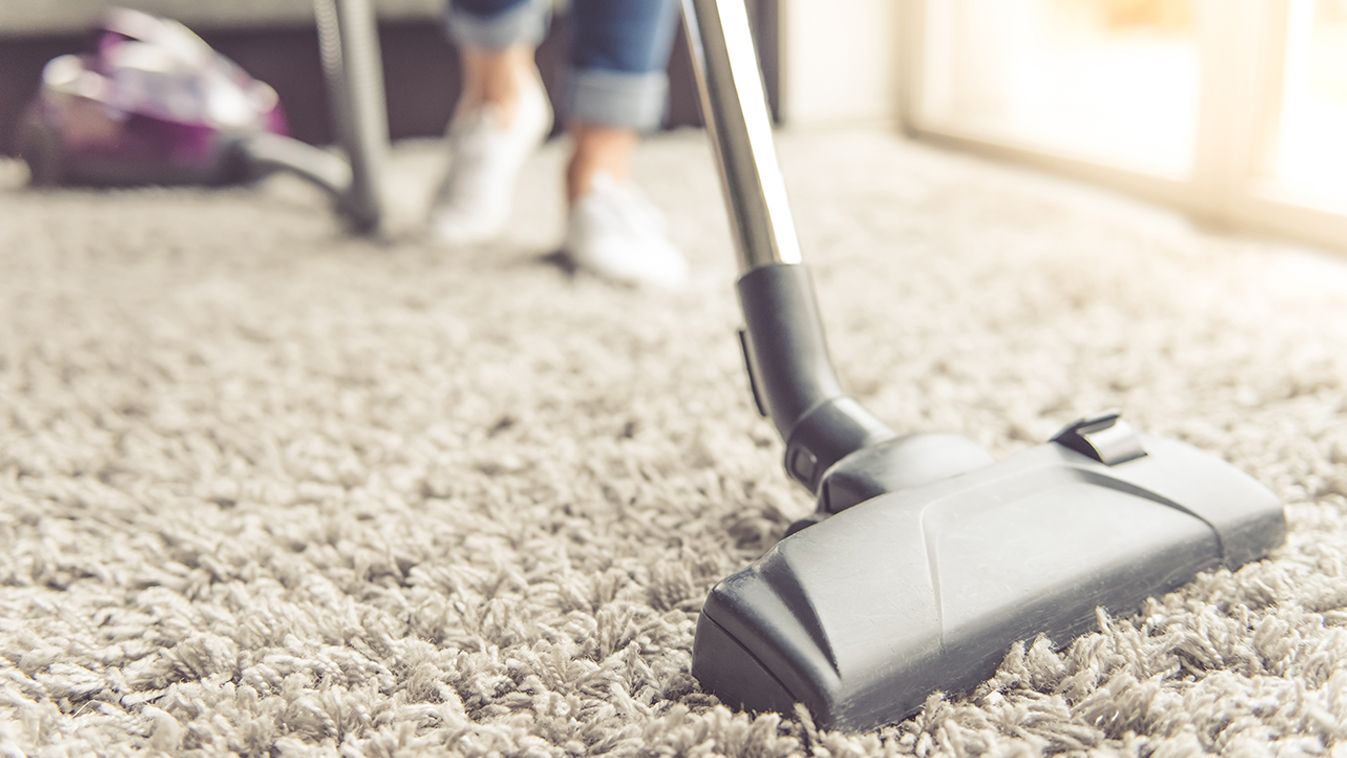
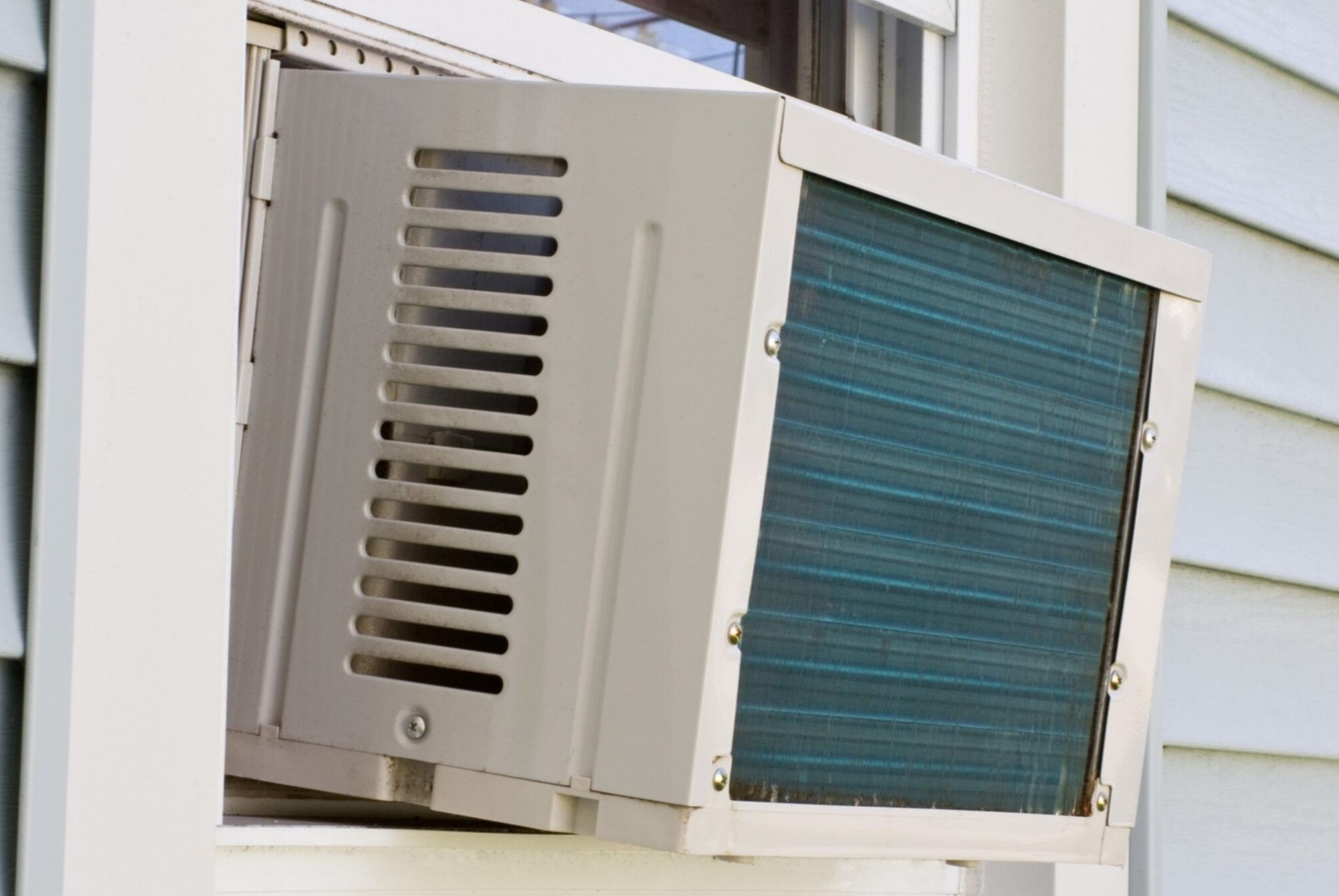
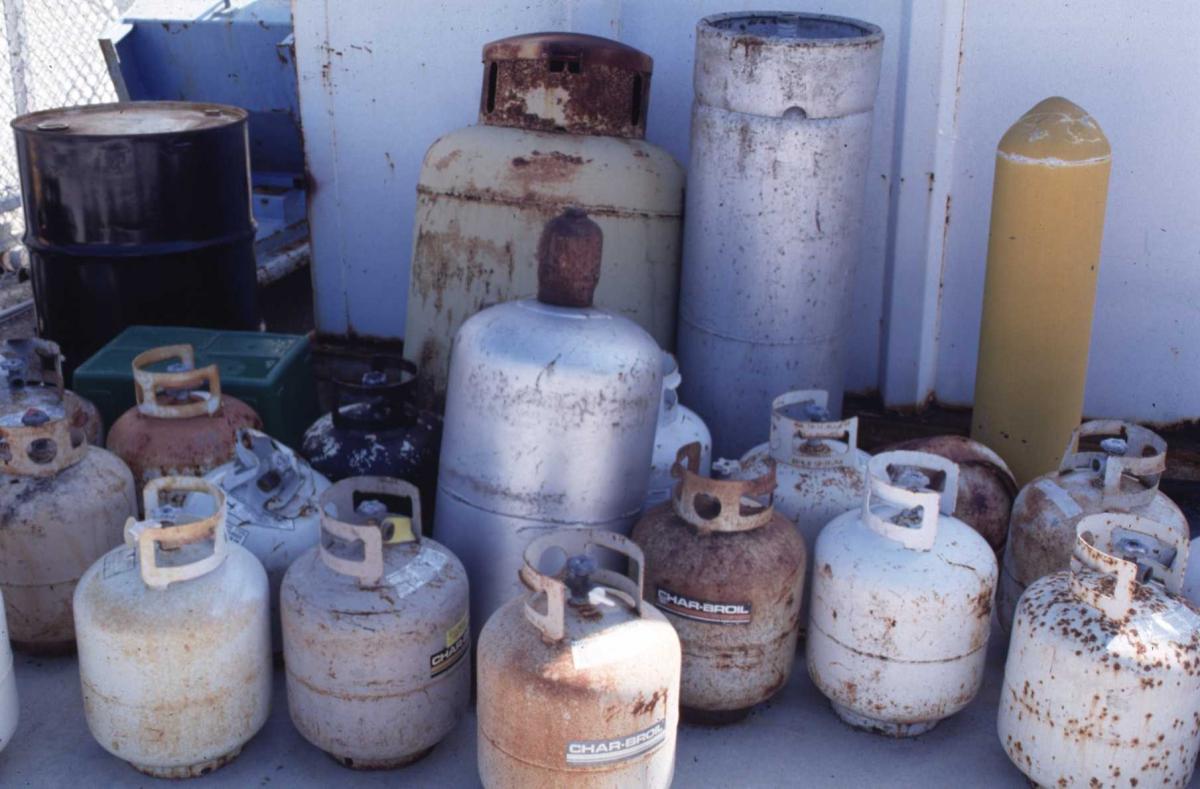

0 thoughts on “How To Dispose Of An Old Hot Tub”